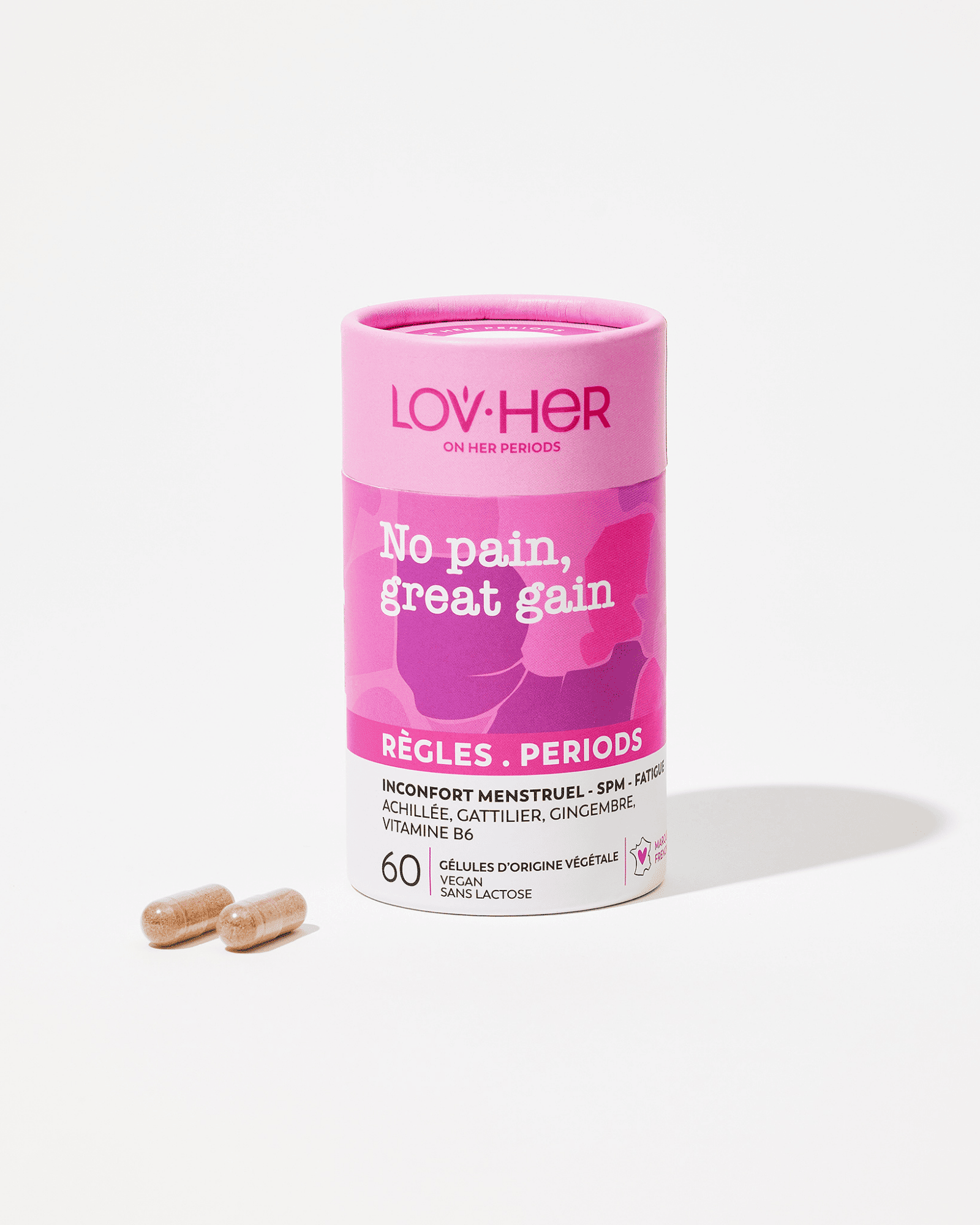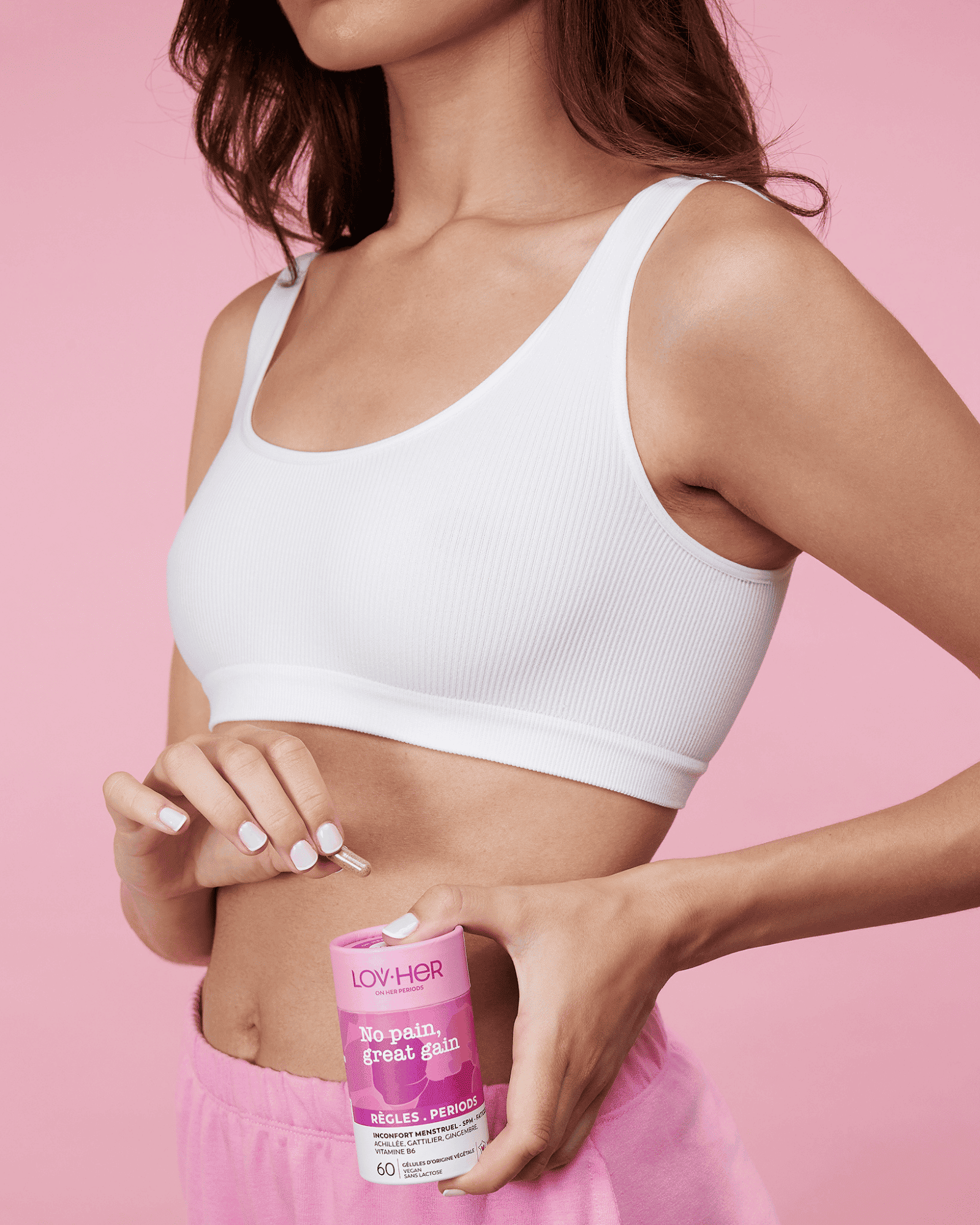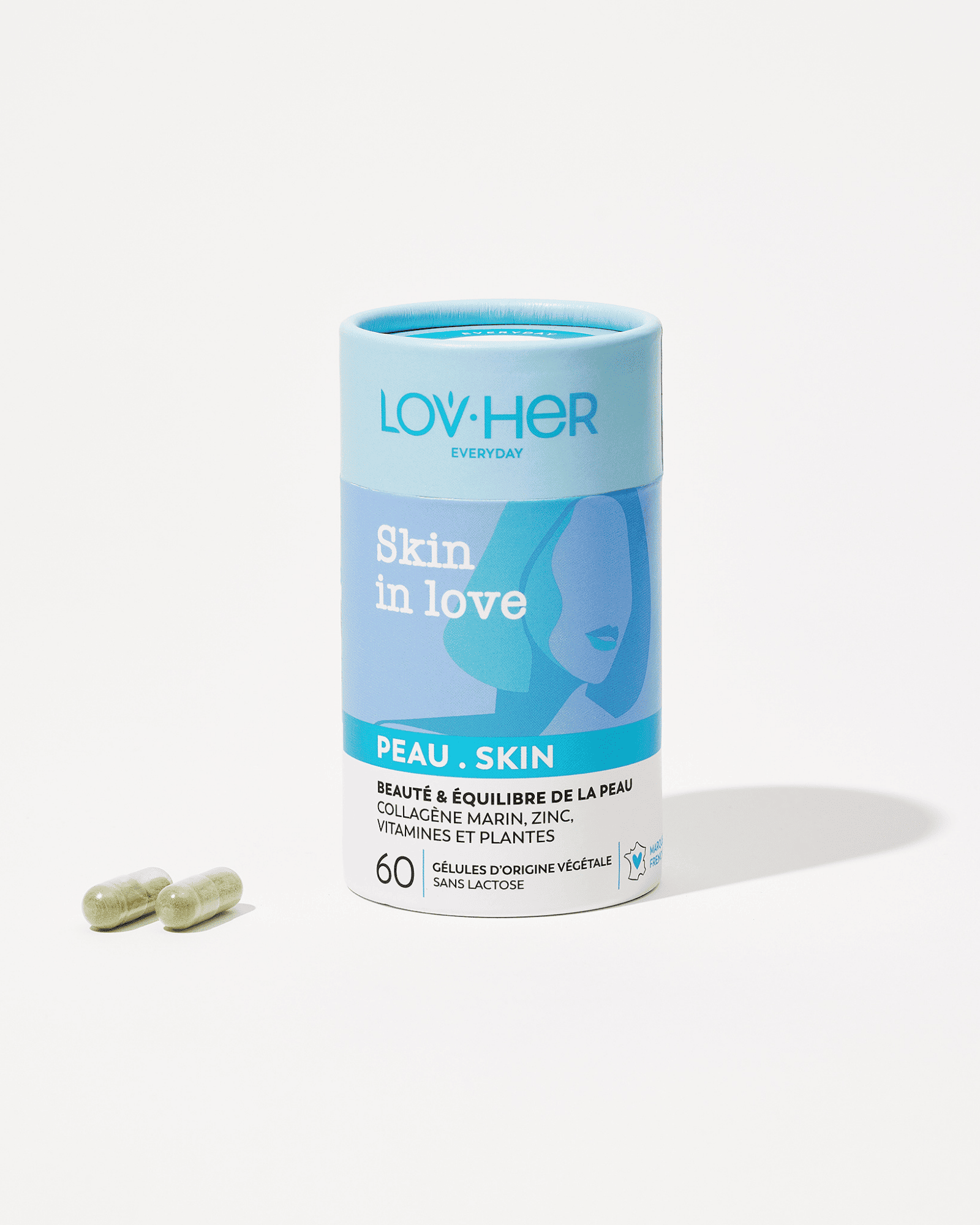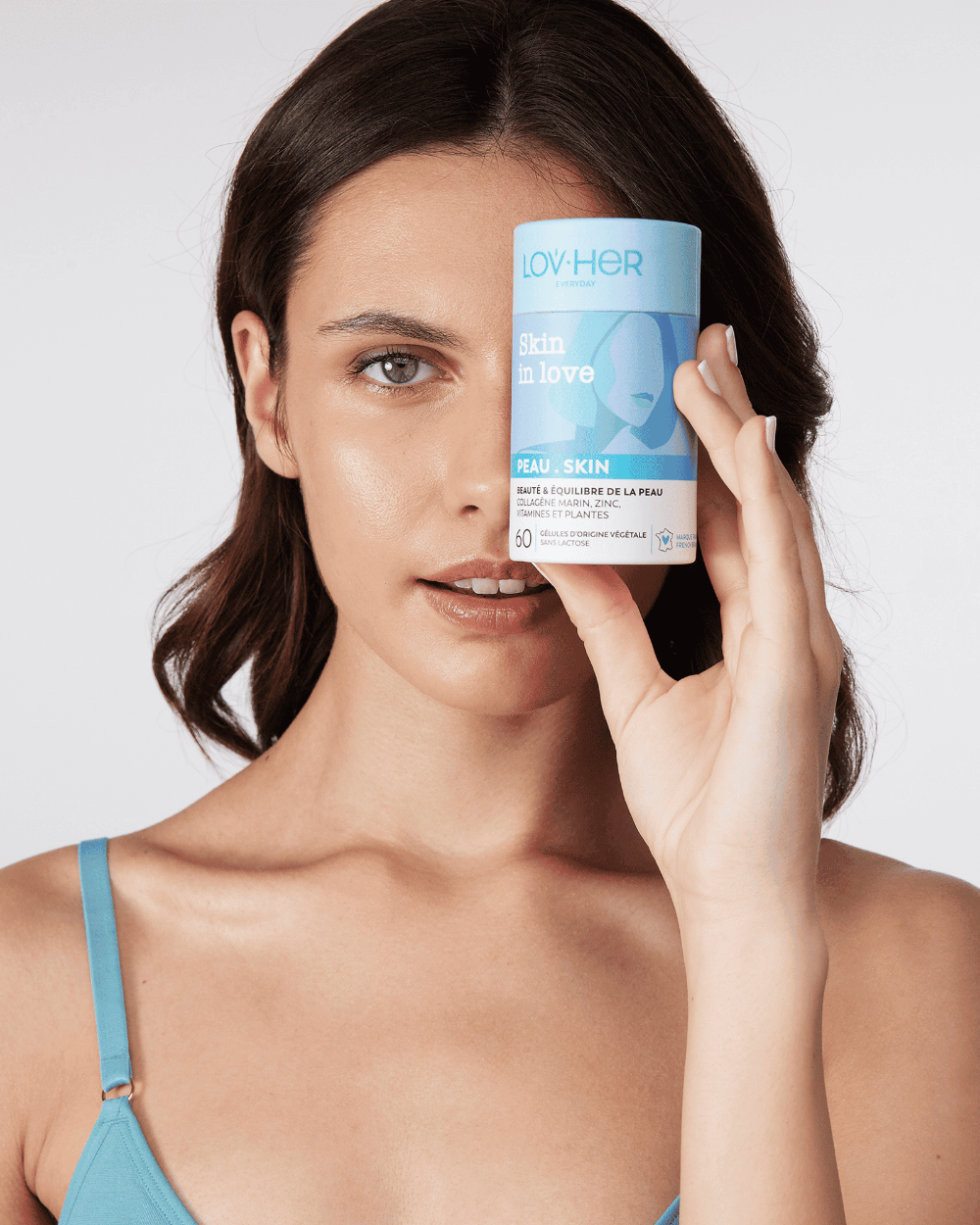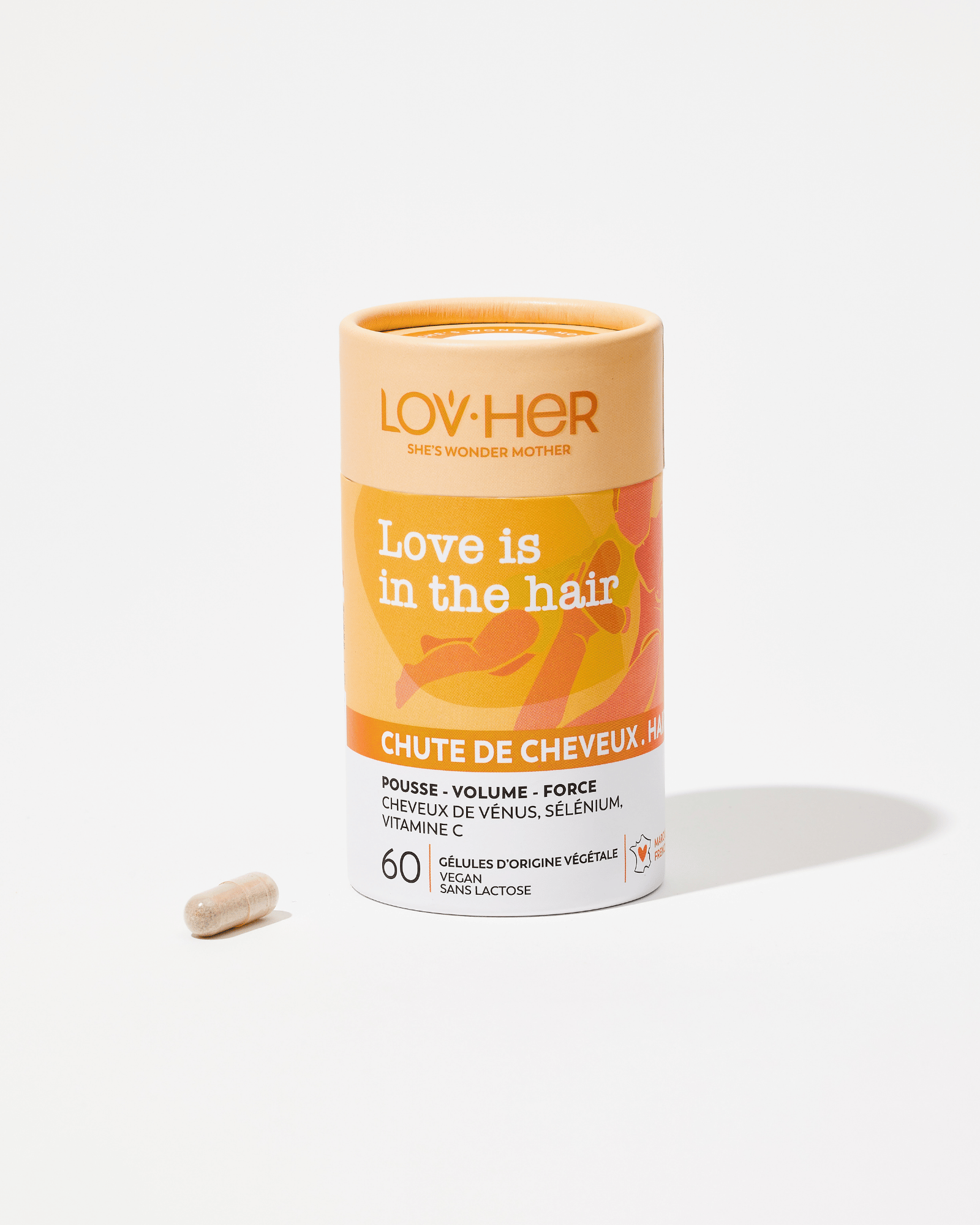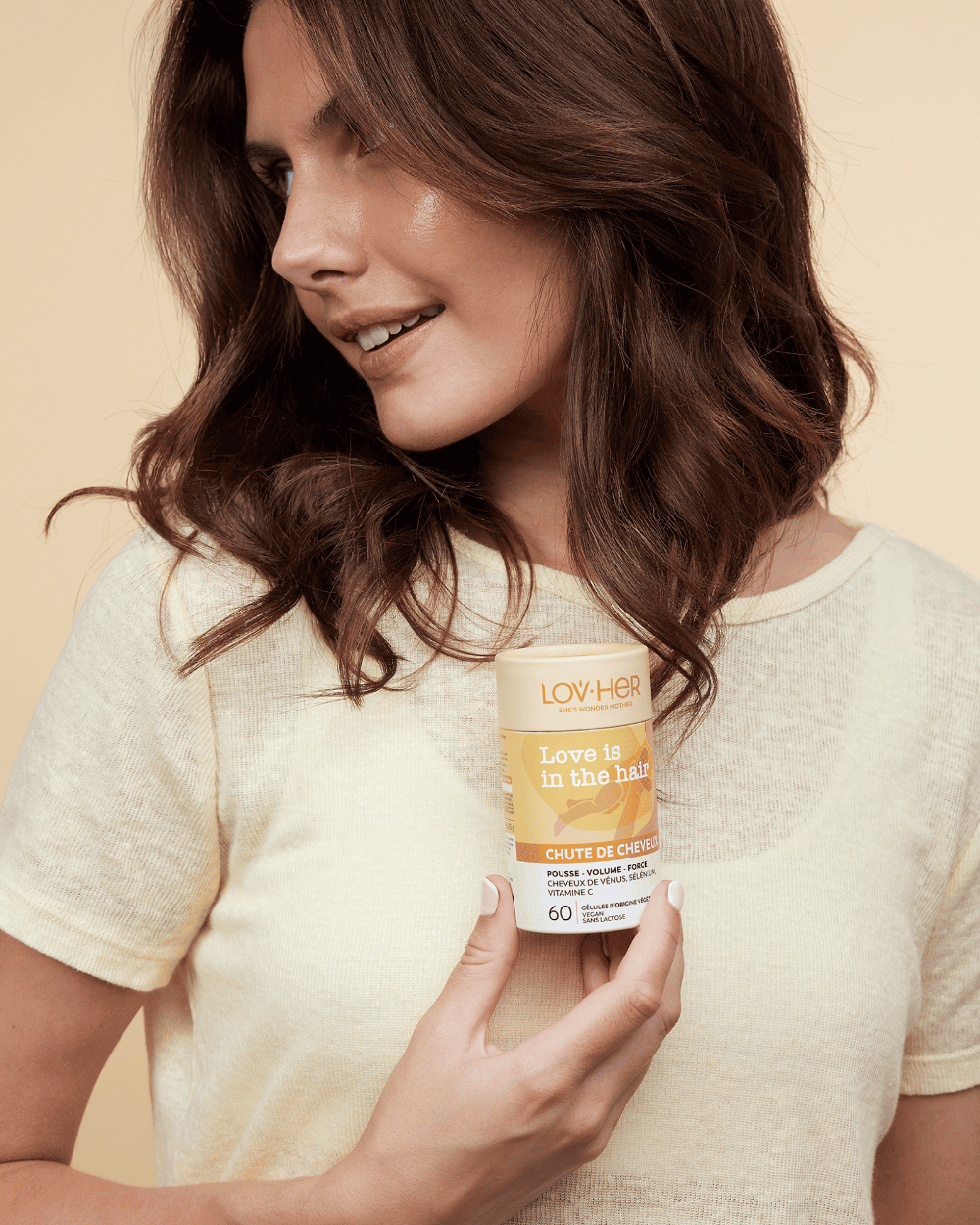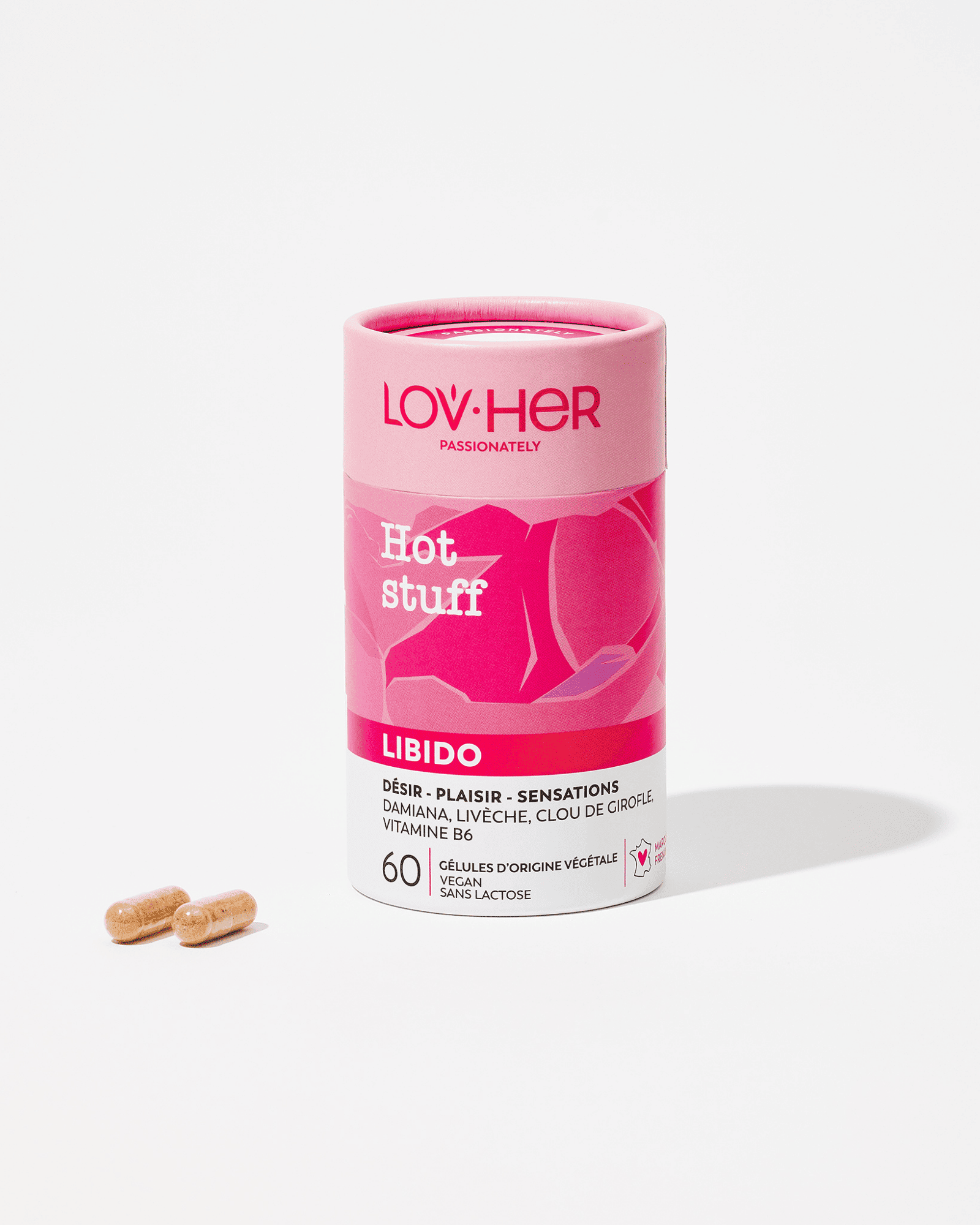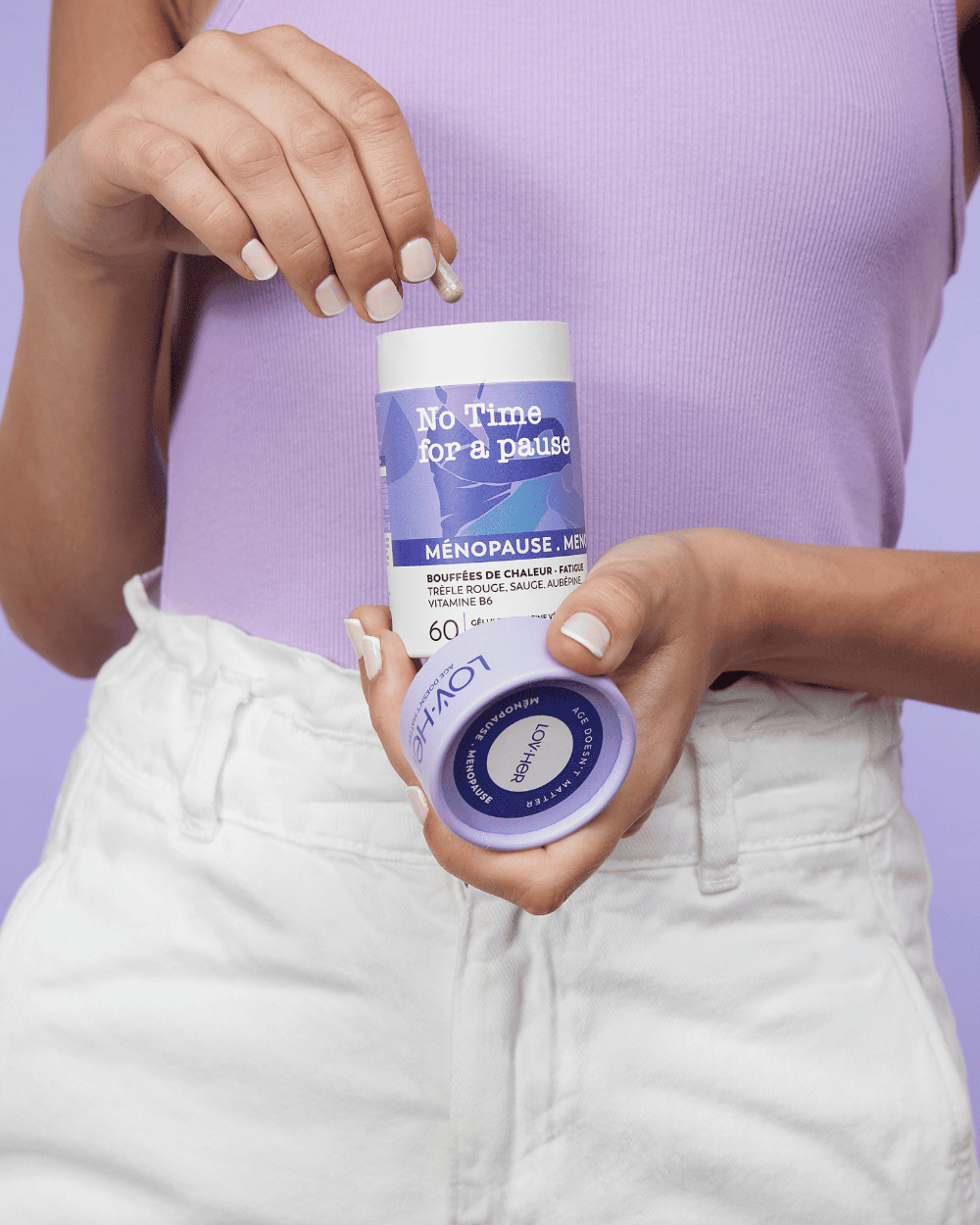Article: Menstrual Cycle and Skin: Understanding the Hormonal Impact
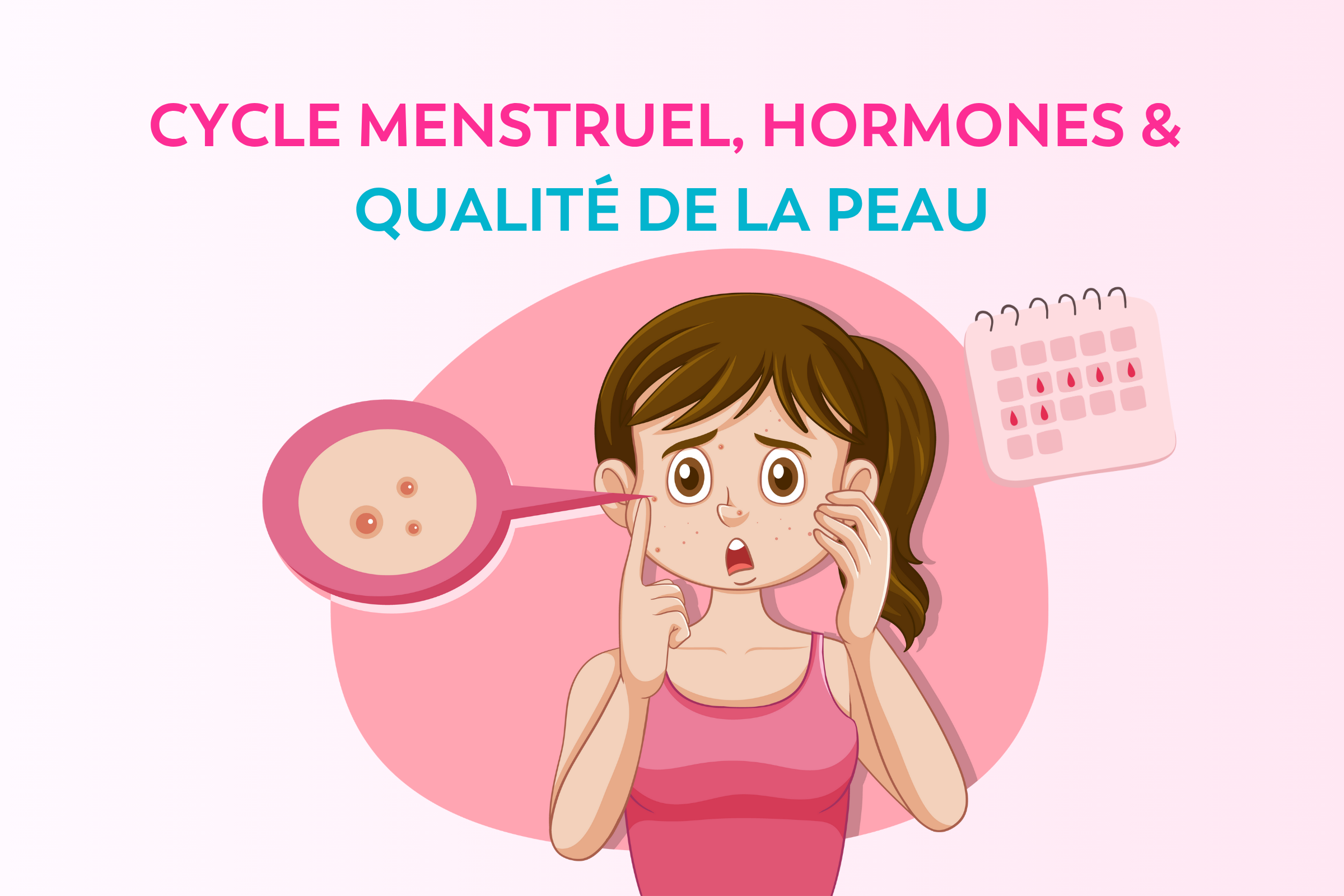
Menstrual Cycle and Skin: Understanding the Hormonal Impact
The menstrual cycle doesn’t just affect our mood or energy - it directly influences the condition of our skin. Fluctuations in hormone levels can lead to breakouts, redness, dryness, or a glowing complexion, depending on the phase. Understanding this monthly rhythm is key to supporting your skin from the inside out.
This article explores how hormonal changes throughout the cycle impact the skin and how Skin in Love offers natural support to keep your skin healthy, radiant, and balanced.
🧬 The Four Phases of the Menstrual Cycle and Their Effects on Your Skin
1. Menstrual Phase (Days 1–5)
- Dull complexion
- Increased sensitivity
- Dryness or discomfort
- Lower antioxidant protection
2. Follicular Phase (Days 6–13)
- Improved radiance
- Tighter pores
- Boosted natural hydration
- Reduced blemishes
3. Ovulation (Days 14–16)
- Shinier skin due to sebum
- Enlarged pores
- Risk of breakouts around chin or jaw
4. Luteal Phase (Days 17–28)
- Inflamed pimples
- Oily or combination skin
- Redness and congestion
🎯 Why Hormones Impact the Skin So Much
The skin is an endocrine organ, which means it reacts directly to hormonal fluctuations. Hormone receptors in the skin regulate:
- Sebum (oil) production
- Inflammatory response
- Collagen and elastin synthesis
- Cell regeneration
Any hormonal imbalance (like puberty, post-pill, postpartum, or menopause) can manifest in the skin as blemishes, irritation, or dullness.
💙 Skin in Love: Helping Your Skin Stay Balanced Throughout the Cycle
Skin in Love is a daily supplement formulated to support women’s skin through every hormonal fluctuation. It helps restore balance, reduce imperfections, and maintain healthy skin from the inside out.
🔍 Key Ingredients
- Marine Collagen: Improves skin firmness and density
- Zinc: Reduces inflammation, protects against oxidative stress
- Burdock: Detoxifying and sebum-regulating to prevent breakouts
- Panthenol (Vitamin B5): Soothes sensitive skin, supports regeneration, contributes to hormonal balance
✅ Visible Benefits
- Clearer skin throughout the cycle
- Fewer hormonal breakouts
- Less redness and irritation
- Improved firmness and glow
📌 Summary Table
| Cycle Phase | Skin Effects | Skin Needs |
|---|---|---|
| Menstrual | Dull, dry, sensitive | Soothing & regeneration |
| Follicular | Glowing and smooth | Nutrition & antioxidants |
| Ovulation | Shiny, enlarged pores | Sebum regulation |
| Luteal | Breakouts, inflammation | Purifying & calming |
👉 Discover Skin in Love
Discover Skin in Love, the natural, daily solution to support your skin through hormonal changes.
🙋♀️ FAQ – All About Skin in Love
1. When should I start taking Skin in Love in my cycle?
You can start at any time in your cycle. What matters most is consistency: take it daily for 2–3 months to see visible and lasting results.
2. Can Skin in Love replace my skincare routine?
No, but it complements it. Skin in Love works from within to support what topical products can’t reach — the skin’s hormonal balance.
3. Does it help with hormonal acne?
Yes. Thanks to its combination of zinc, burdock, and panthenol, it helps regulate sebum, reduce inflammation, and support clearer skin during luteal and premenstrual phases.
4. Can I combine Skin in Love with other LOVHER supplements?
Absolutely. It pairs well with No Pain, Great Gain for period comfort or Love is in the Hair for hormonal hair loss.
5. Is it compatible with hormonal birth control?
Yes. Skin in Love contains no hormonal ingredients or endocrine disruptors and can be safely taken alongside the pill or hormonal IUDs.

